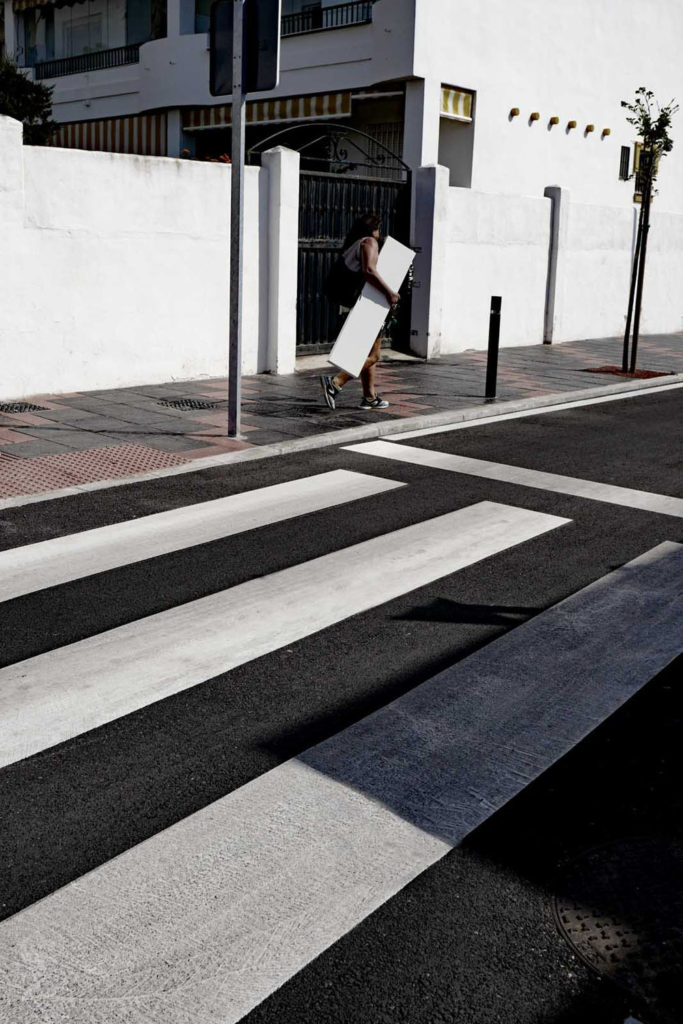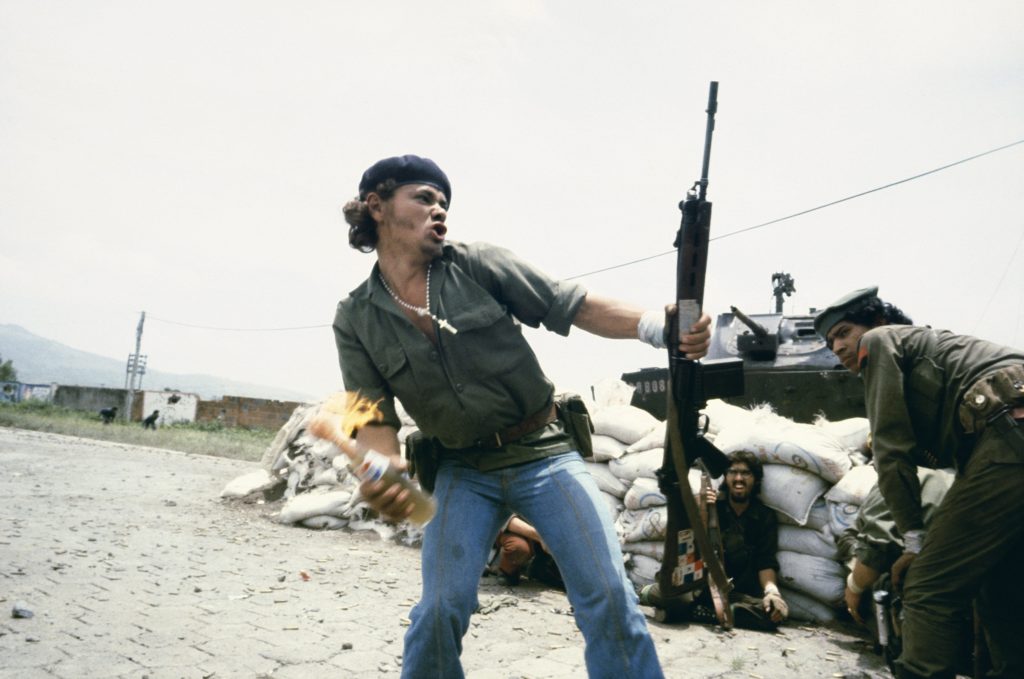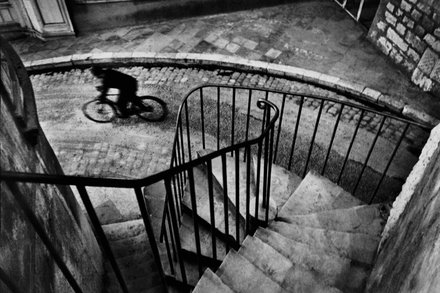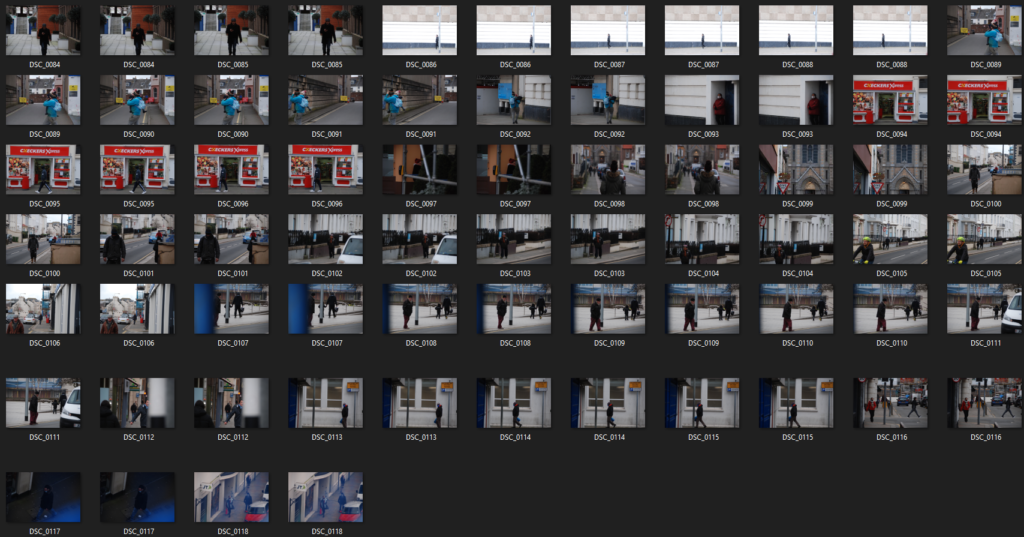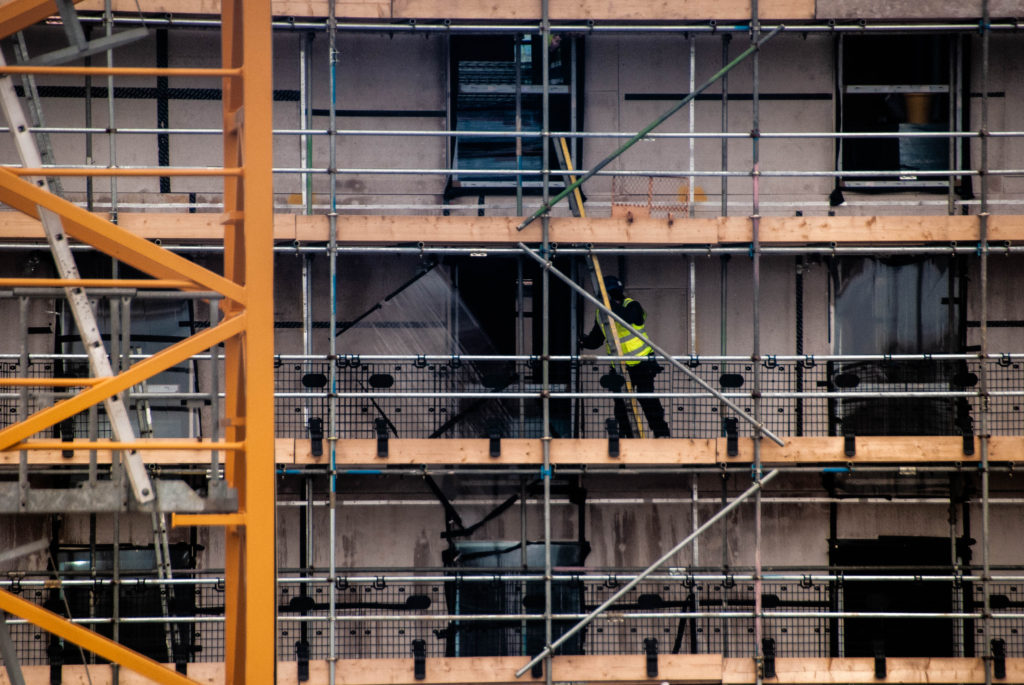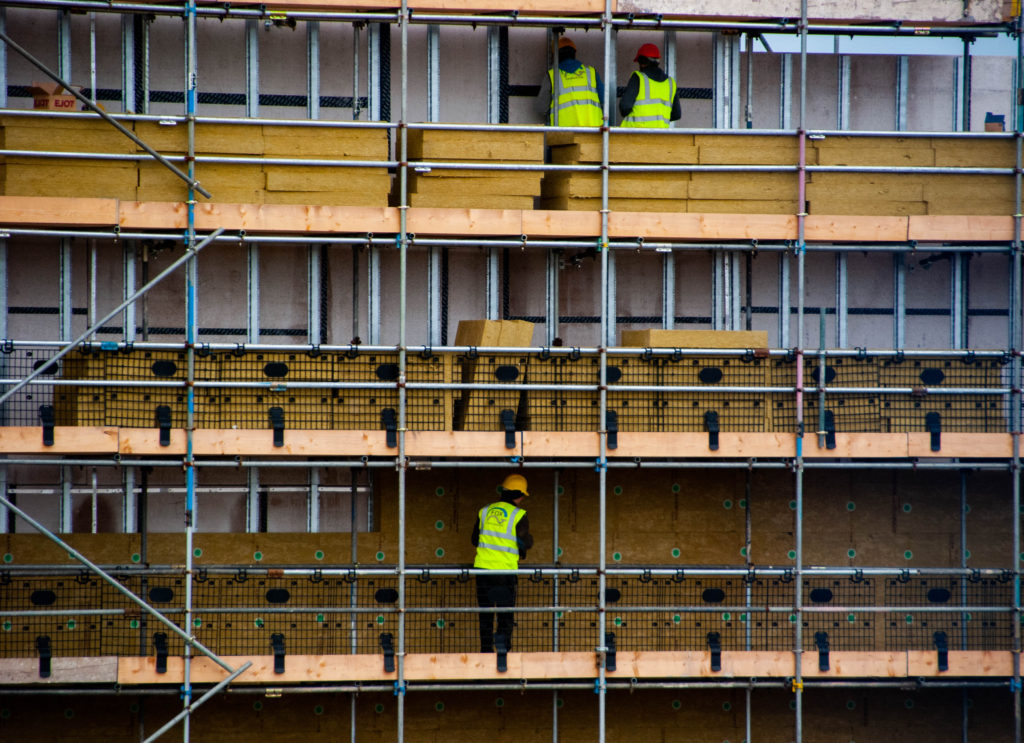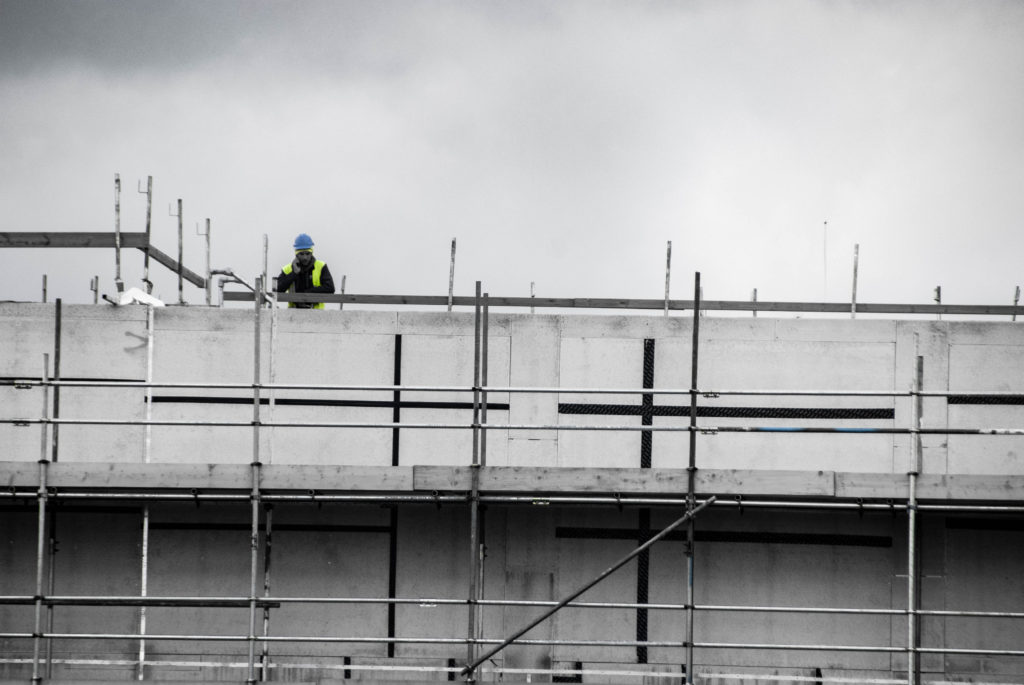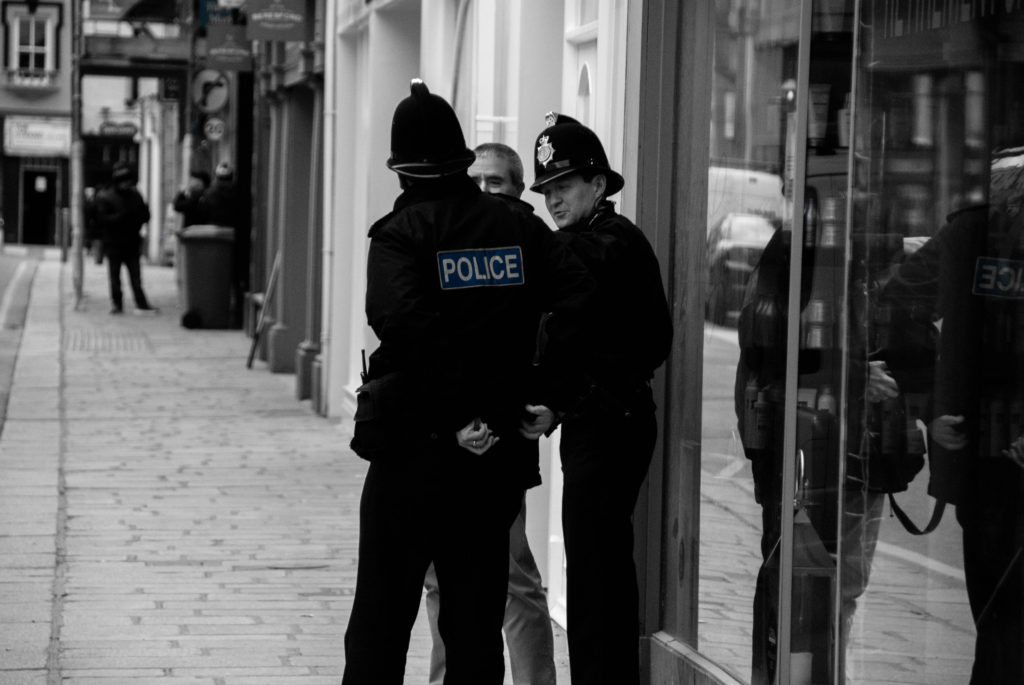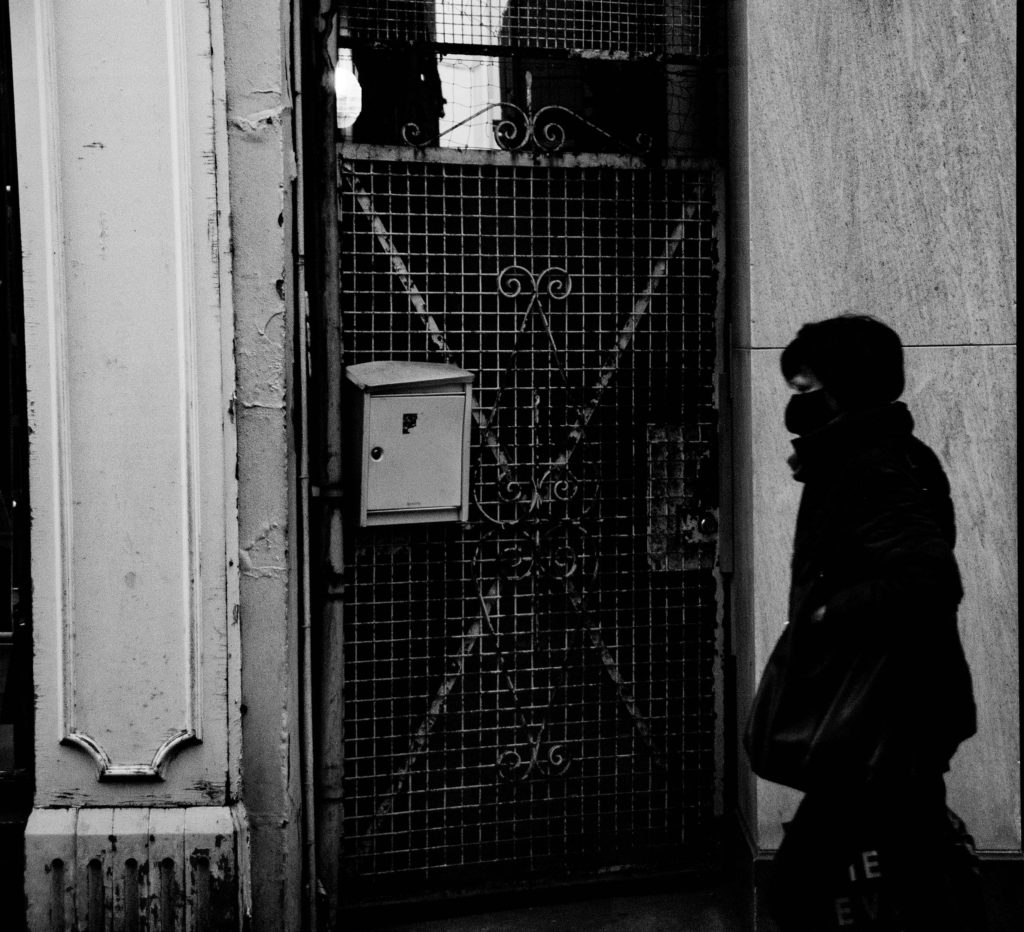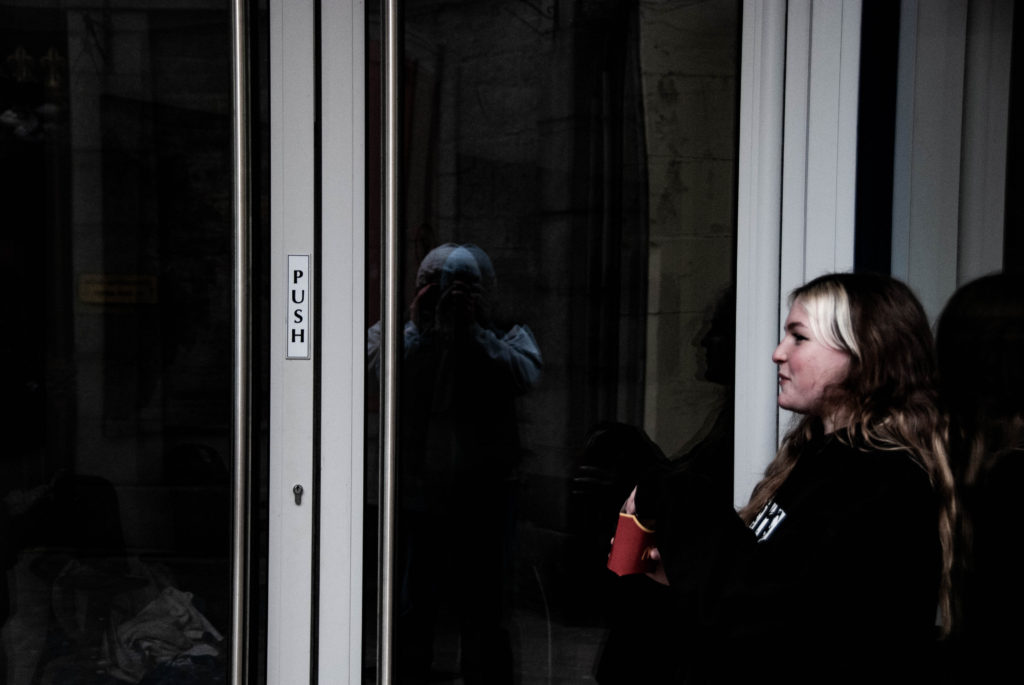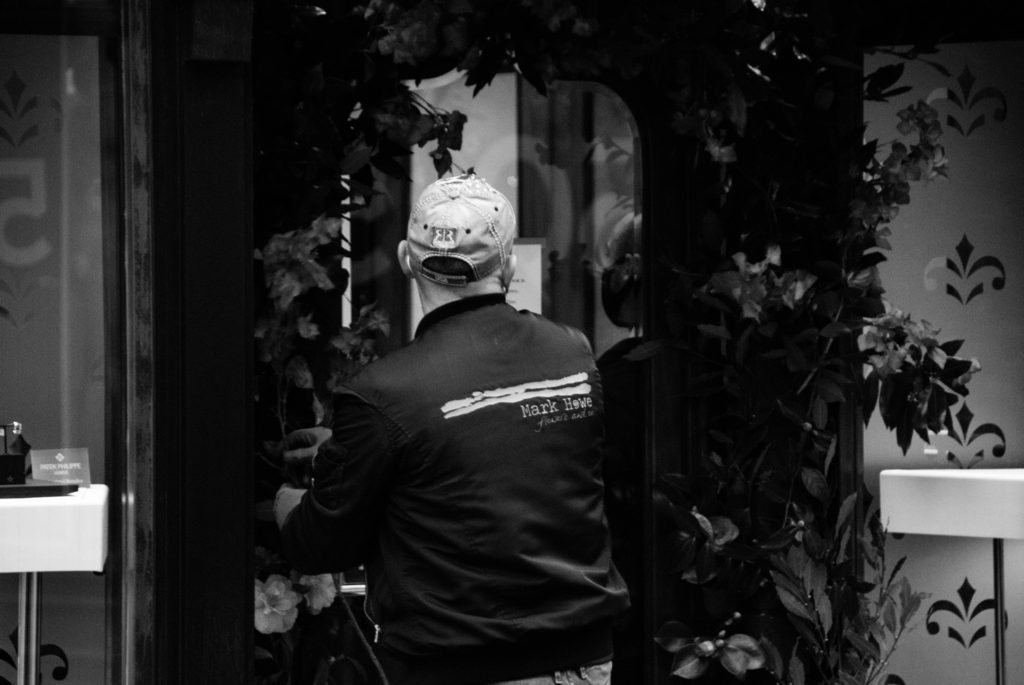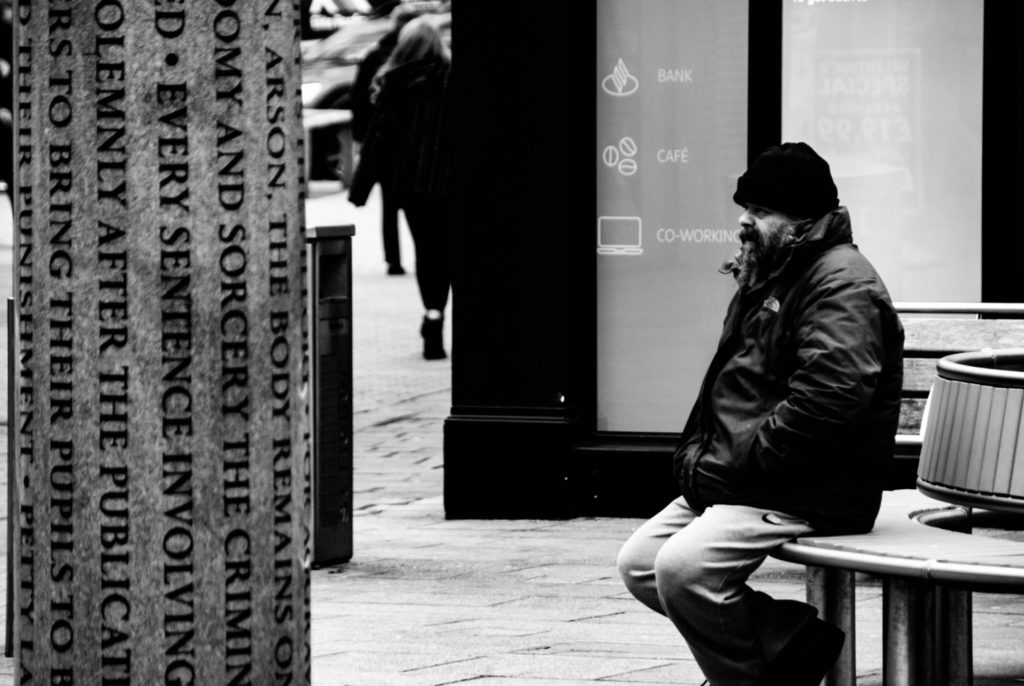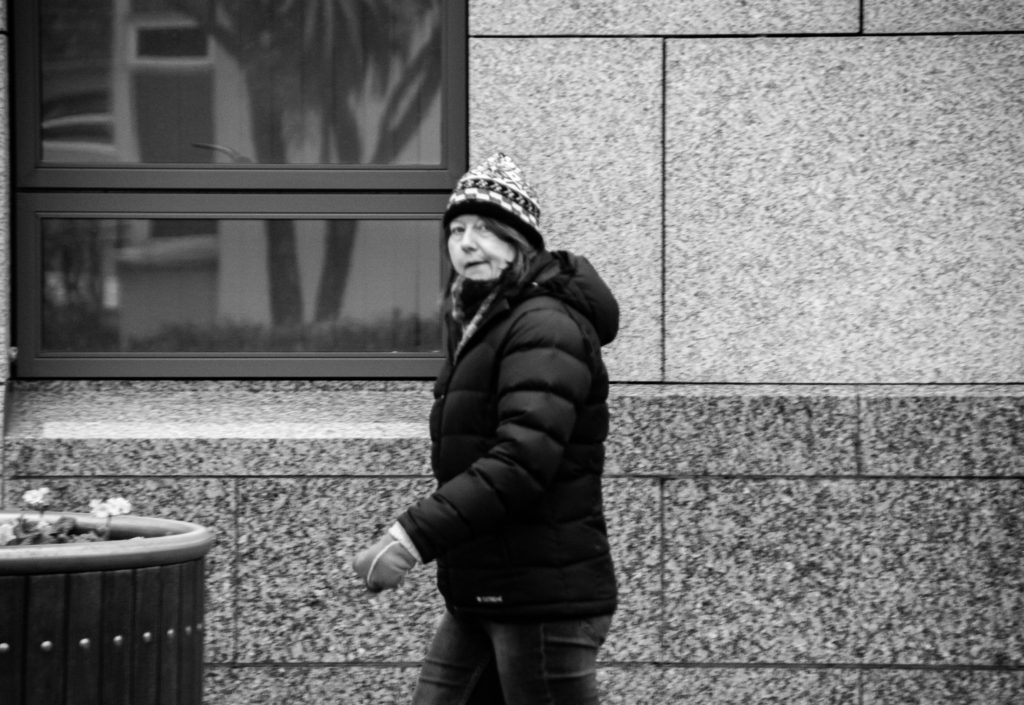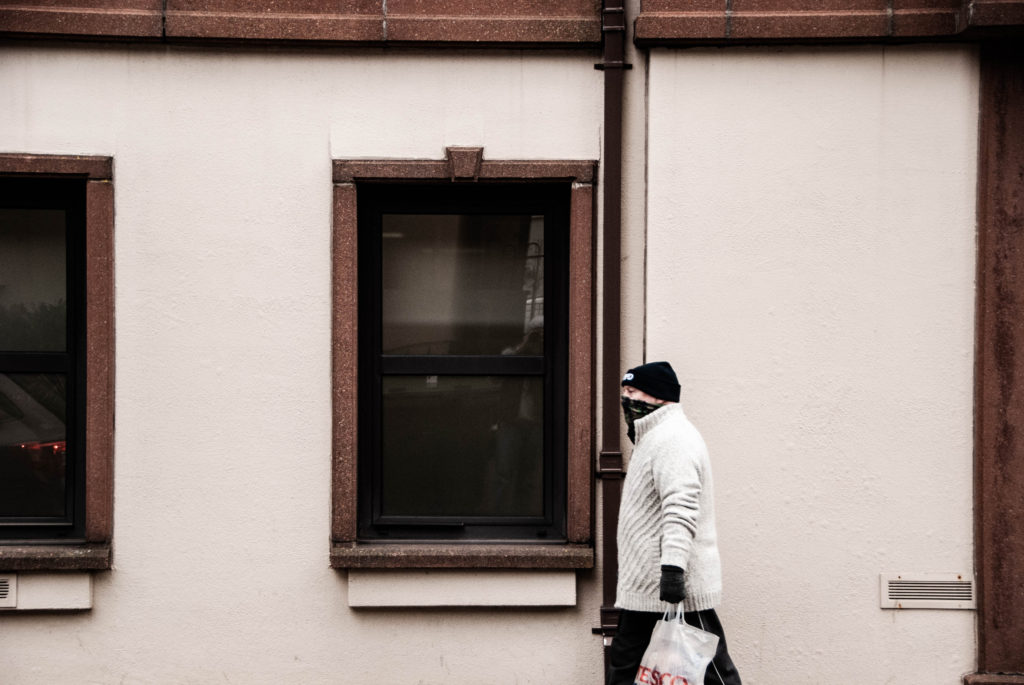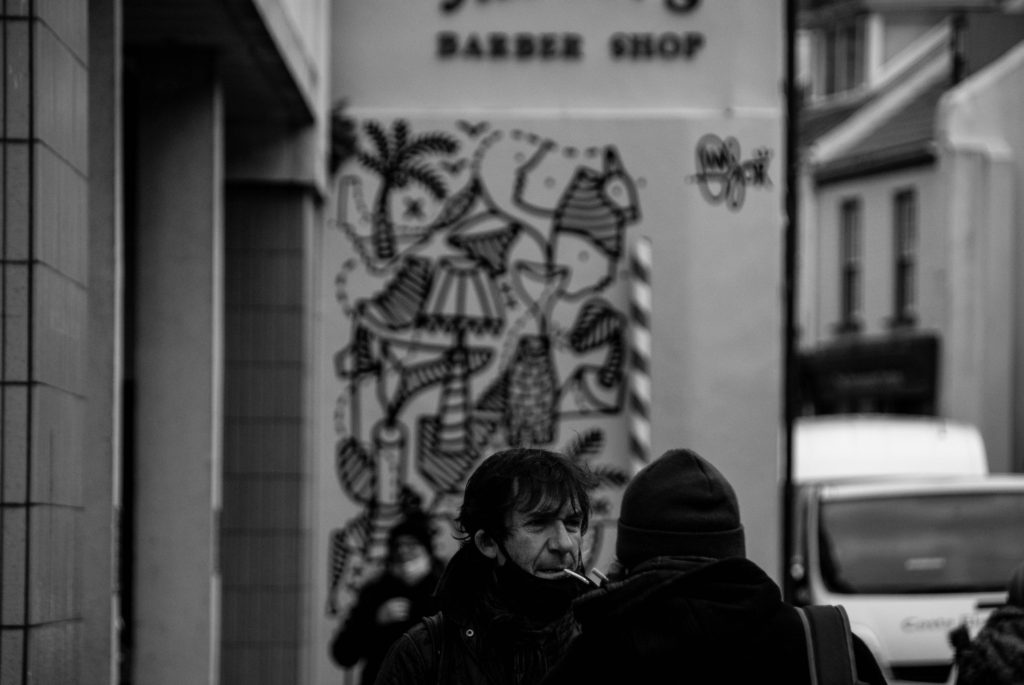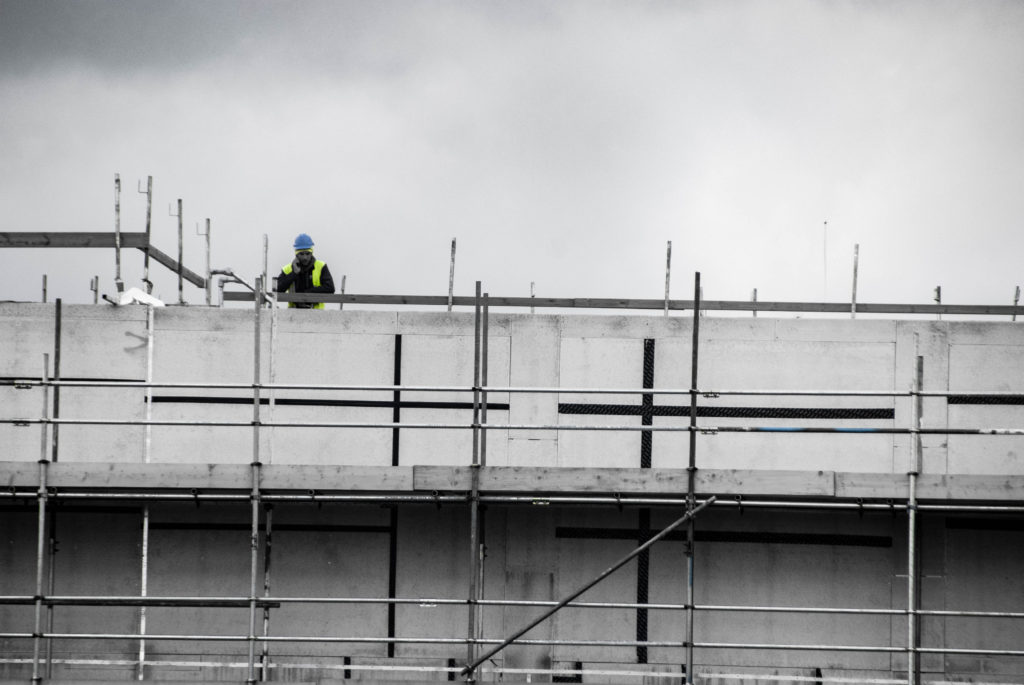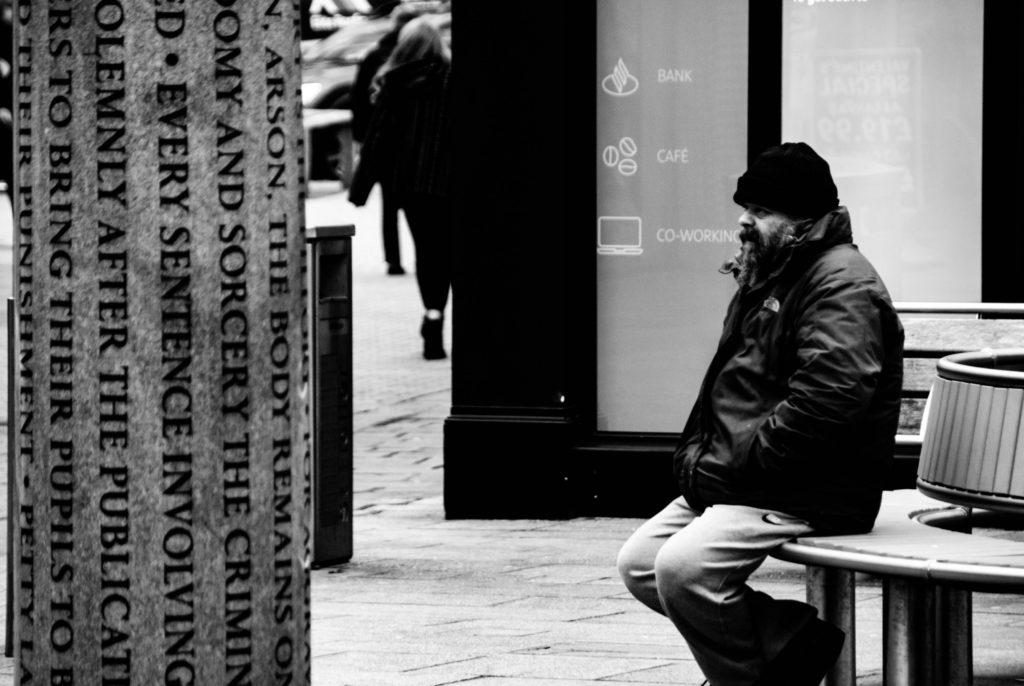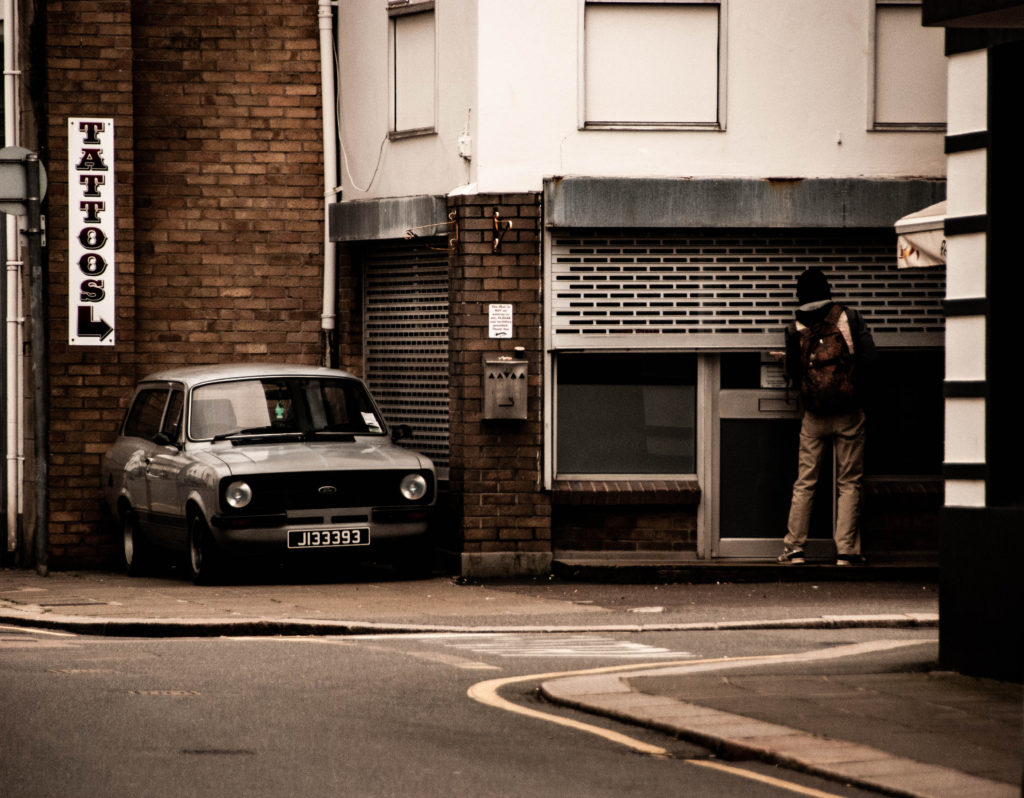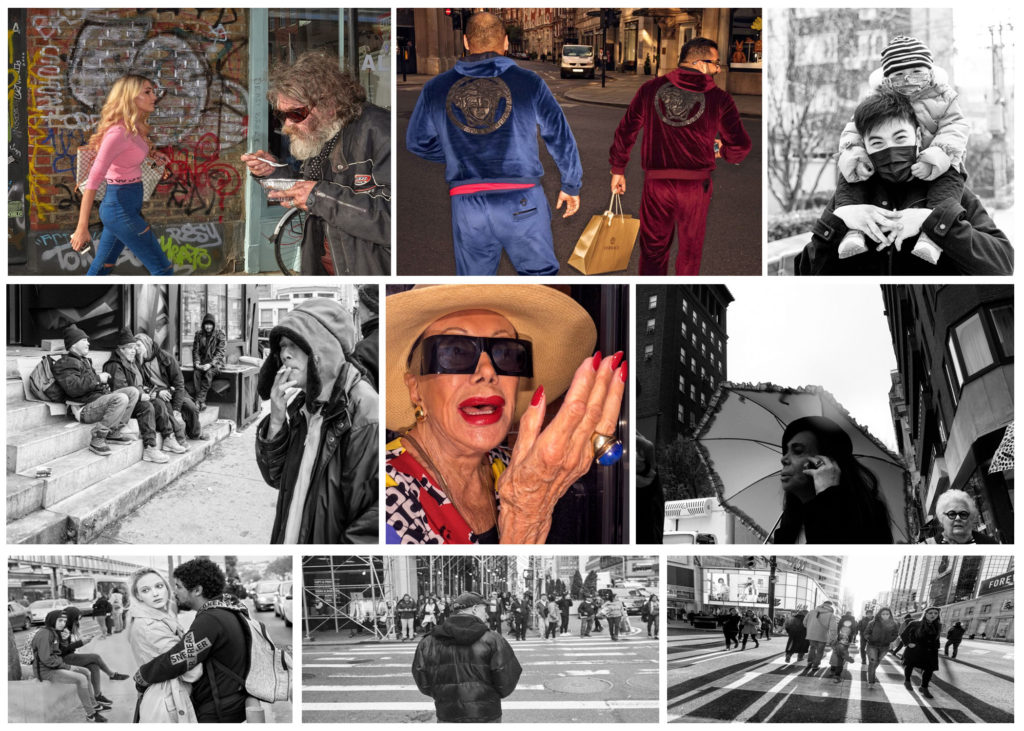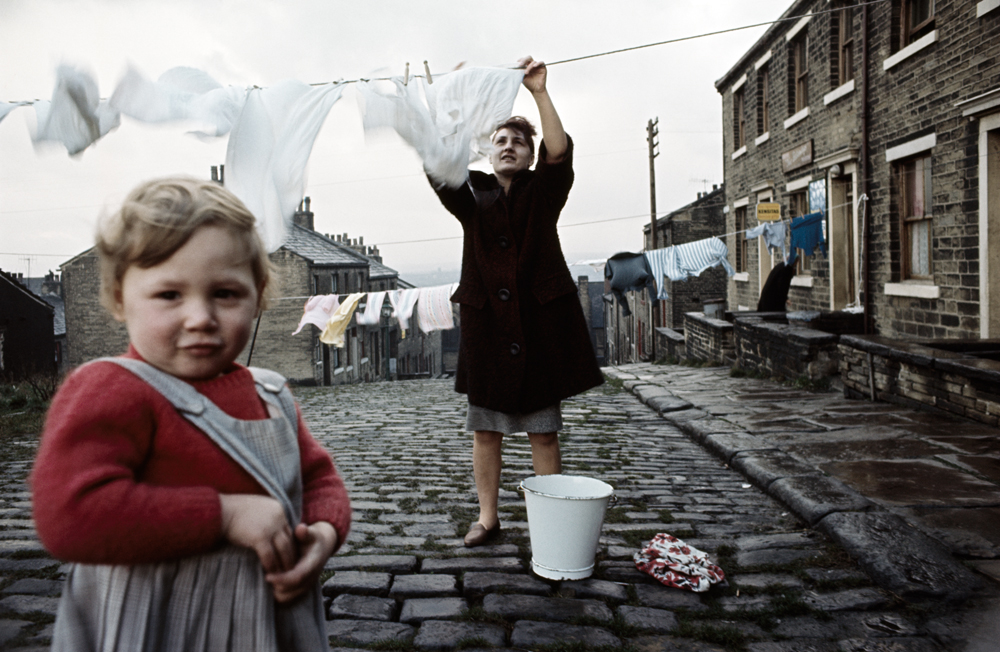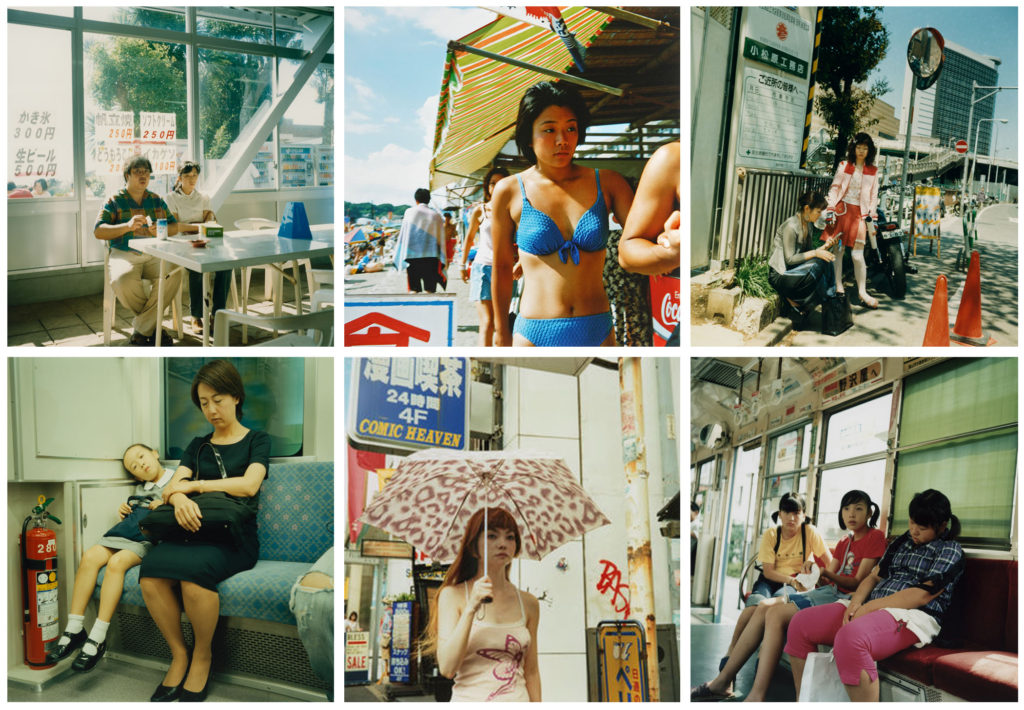Introduction:
Henri Cartier-Bresson (August 22, 1908 – August 3, 2004) was a French photographer who enjoyed capturing candid photos and was considered a master at taking them.
He also contributed to the Magnum which as a community of photos which represents some of the world’s most renowned photographers. It has been ongoing since the 1930s and includes all types of photos such as industry, society and people, places of interest, politics and news events, disasters and conflict.

The photo above has quite a darkening effect due to the dark tones as well as the natural lighting which has been used. In the photo you can see the repetition of what the people in the photo are wearing as they are all wearing similar clothing which adds detail.
Additionally you can see the way the photographer has used his space by spacing out the people in the photo apart rather than together. The main focus of this photograph is the people in the photo i feel this because the background is very plain however it does have sharp edges to it.

Robert Frank’s photography is very different to others which may be because of the harsh black and white tones or even the style in which they were taken.
I feel as if his photography is more staged rather than being a real life event which would occur. The main focus of his images is the people which he he has chosen to use as well as the environment which they are in.The lighting of these photos came across as natural however I feel that the photos may have been manipulated in photoshop to add harsher tones.
I think the meaning of these photos in which he has taken everyone has a different opinions and the use of black and white tones may hide peoples personalities as the viewer won’t be able to get a sense of the people if you cannot see the colours of the clothes which they are wearing which usually reflects ones personality.
Personally I like the way he has chosen to use black and white in his photographs as it adds variation. However I also believe that these photos may not be appealing to everyone due to the lack of colour.
COMPARISON
I feel as the two images above are very similar in several ways as the both feature people with similar facial expressions as if they concerned or confused which adds character to both of the photographs. Additionally I also feel that the use of black and white adds harsh tones as well as a variety of contrasts. The majority of the people used in both of the photos have engagement with the camera which therefore makes the viewer feel more invested in their photographs.
However they are also different in many ways as Henri Cartier-Bresson’s photograph is focused on children whereas Robert Frank does not have a specific group of people which he is basing his photos on. Furthermore in Robert Franks’s photograph you can see the different reflections shining onto the bus considering that in Henri Cartier-Bresson’s photograph there isn’t any shadows or reflections but there is jagged edges which adds detail.





